Diamonds Standard Co. uses precious gems to back payment network
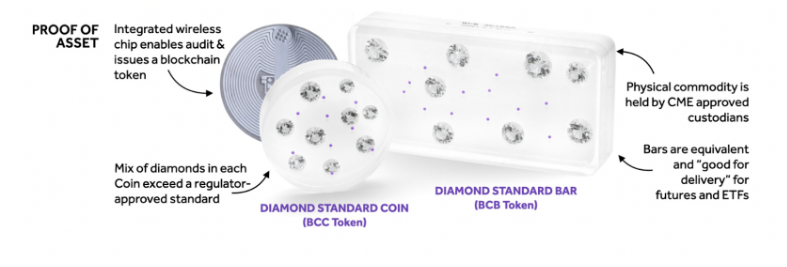
Diamond Standard Co. has introduced a blockchain payments system that uses diamonds as backing collateral for transactions.

In an effort to sidestep the regulatory challenges faced by many centralized exchanges and payment services, Diamond Standard Co. has introduced an alternative blockchain payment system called CARATS.
CARATS deviates from traditional centralized exchanges and payment services by using tokenized diamonds, backed by real-world commodities, to facilitate payments, remittances, and wealth transfers between users.
Individuals can purchase full or partial amounts of these tokenized diamonds, trade them, transfer them, cash out for local fiat currencies, or opt to exchange the token for delivery of the physical diamonds.
Standard Diamond Co. achieves this by minting physical coins and bars, encrusted with actual diamonds, and an integrated chip that can audit the diamonds and broadcast the tokenized version of the asset on the blockchain.

Users can send these CARATS through SMS or by using social media platforms, providing a way for the unbanked to send electronic payments.
Because the CARATS system is not actually a cryptocurrency, but a way of shifting receipts for a physical commodity, the platform is protected from the normal regulatory hurdles surrounding money transmission services.
This allows CARATS to function as a payment hub without the pain of having to acquire a money transmitter license in each jurisdiction where the service is active.
Elon Musk’s X social media platform faces these same regulatory challenges in its bid to become a social media network with an integrated payments system.
In 2023, X was able to acquire money transmitter licenses in the U.S. states of Missouri, Michigan, Arizona, Georgia, Maryland, New Hampshire, Pennsylvania, South Dakota, Kansas, Wyoming, and Rhode Island.
Related: X launches AI-curated audiences for advertisers
However, the platform is required to acquire a money transmitter license in each of the 50 U.S. states, as well as one for every country where the social media platform’s money transmitter service will be active.
This means hundreds of individual licenses must be issued before X can become a viable money transmission service. Diamond Standard CEO Cormac Kinney noted:
“Many money transmitters are stuck in the past, neglecting all the tools available or bound by the legal and regulatory hurdles of payments and money transfer.”
He explained that “This is a tough nut to crack even for forward-thinking payment innovators like Elon Musk, whose X platform is unable to do business as a money transmitter in 34 U.S. states and 200 other global jurisdictions.”
Similarly, centralized crypto exchanges face the same problem of having to acquire money transmitter licenses and other permits to operate in each jurisdiction a particular platform offers its services.
Despite these stringent regulations, several centralized crypto exchanges holding money transmitter licenses still engaged in questionable practices that led to their demise and the loss of customer assets, most notably FTX in 2022.
The acquisition of these regulatory permits is often painstakingly long and taxing. IBTCEX, Huobi HK, QuanXLab, and four other exchanges recently pulled their applications for operational permits in the Hong Kong market.

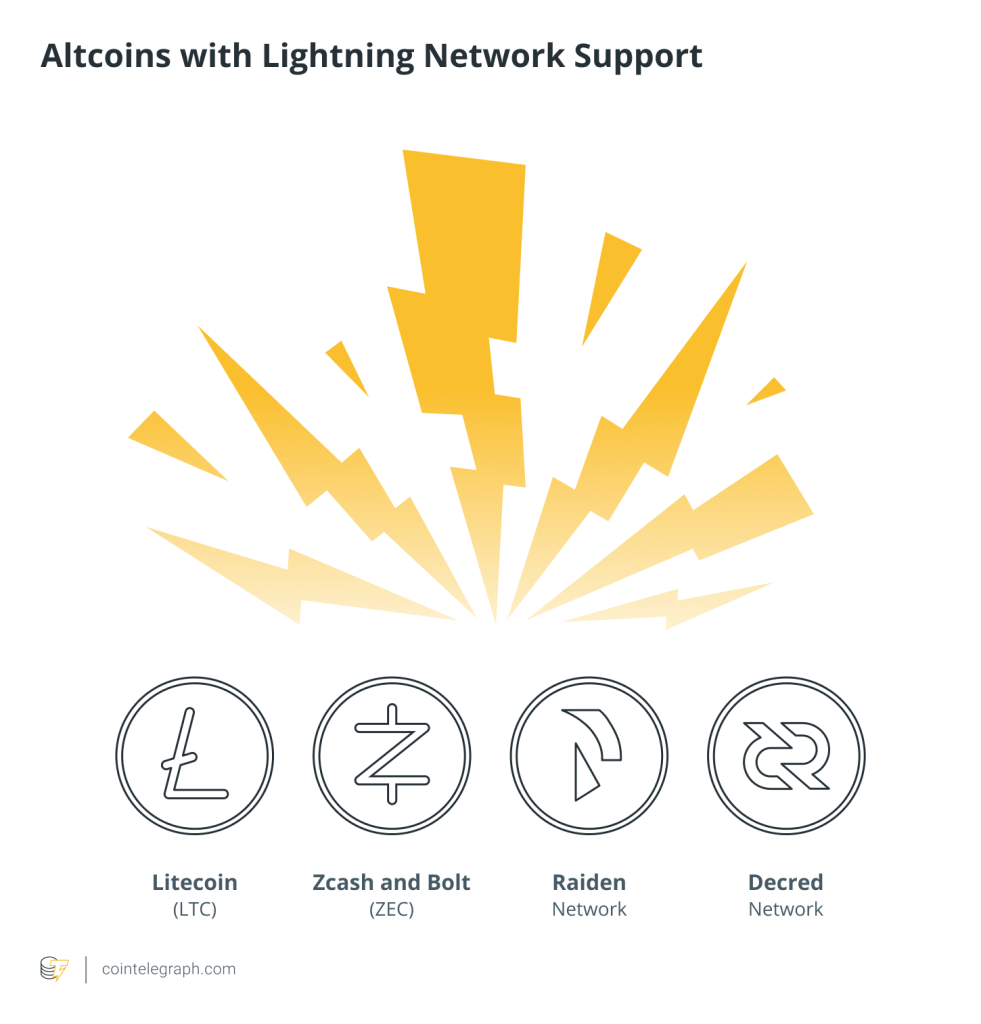
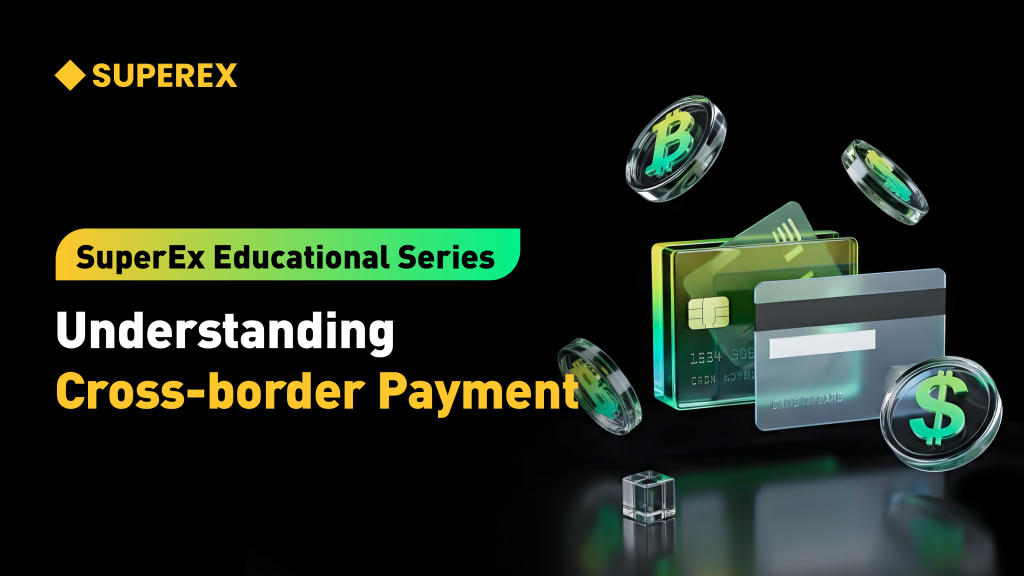
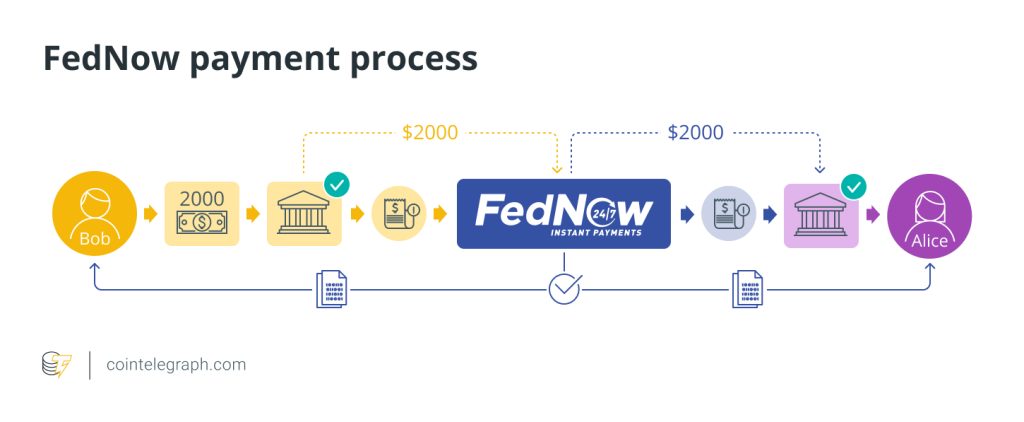
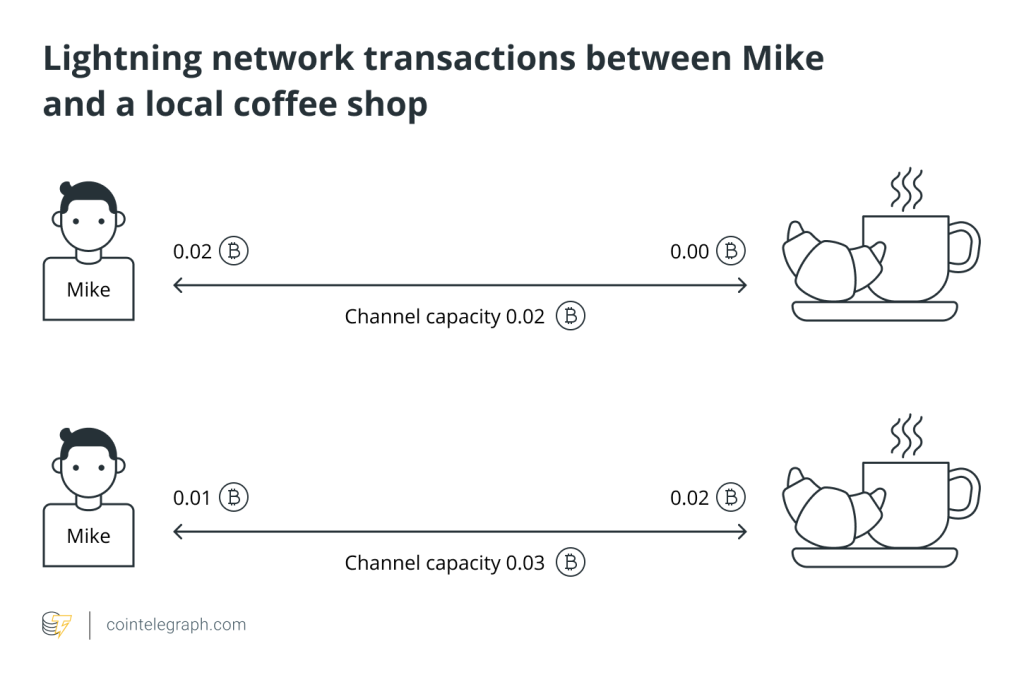
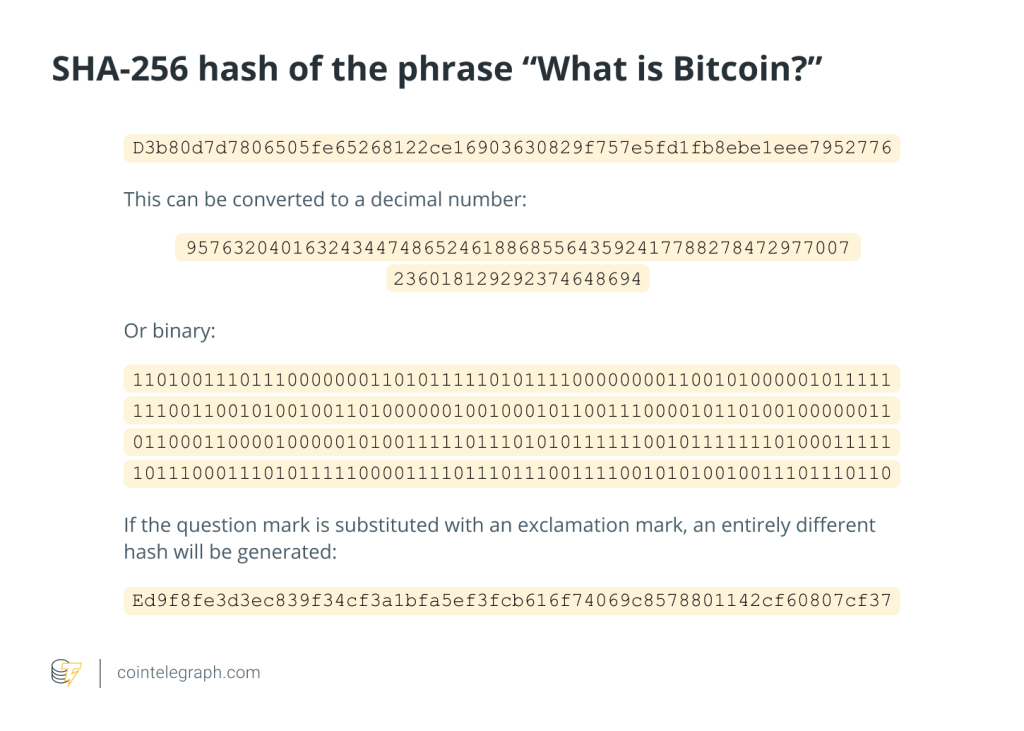
Responses